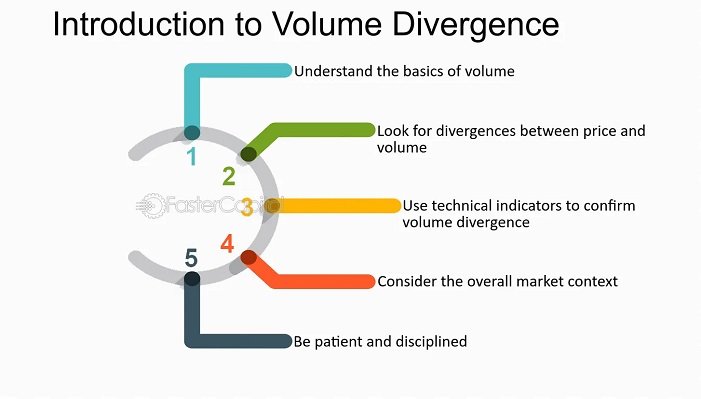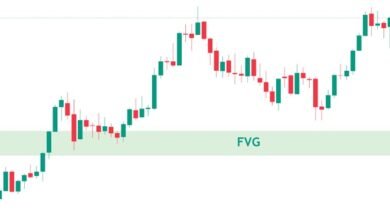Volume Divergence in Trading: A Powerful Indicator for Market Reversals.

When it comes to trading, understanding market trends and predicting potential reversals is crucial. One of the most effective tools traders use to identify these changes is volume divergence. If you’re looking to refine your trading strategy, learning about volume divergence could be a game-changer.
What is Volume Divergence?
Volume divergence occurs when the price of an asset is moving in one direction, but the trading volume is moving in the opposite direction. In simpler terms, it’s when price action and volume are not in agreement. This can be a strong indicator that the current trend is losing momentum and a reversal may be on the horizon.
Know more about: Trading Movies.
Types of Volume Divergence
There are two main types of volume divergence that traders watch for:
- Bullish Volume Divergence: This occurs when the price of an asset is making lower lows, but the volume is increasing. It suggests that despite the lower prices, there is increasing interest in the asset, often signaling a potential reversal to the upside.
- Bearish Volume Divergence: This happens when the price is making higher highs, but the volume is decreasing. It indicates that the upward momentum might be weakening, which could lead to a downward reversal.
Why Volume Divergence Matters
Volume divergence is a powerful tool because it helps traders identify potential reversals before they happen. By paying attention to the relationship between price and volume, traders can:
- Spot Early Reversals: Volume divergence can signal that a trend is losing strength, allowing traders to position themselves ahead of a potential reversal.
- Confirm Trends: When used in conjunction with other indicators, volume divergence can help confirm the strength or weakness of a trend.
- Improve Risk Management: Understanding volume divergence can help traders make more informed decisions about entry and exit points, reducing the risk of getting caught in a trend reversal.
How to Use Volume Divergence in Your Trading Strategy
To effectively incorporate volume divergence into your trading strategy, follow these steps:
- Identify the Trend: Determine whether the asset is in an uptrend or downtrend by analyzing price action.
- Compare Volume and Price: Look for discrepancies between the price movement and the volume. For example, in a downtrend, if the price is making lower lows but volume is increasing, this could be a sign of bullish volume divergence.
- Confirm with Other Indicators: Use other technical indicators, such as RSI (Relative Strength Index) or MACD (Moving Average Convergence Divergence), to confirm the divergence and strengthen your analysis.
- Make Your Trade: Once you’ve identified and confirmed volume divergence, decide on your entry or exit point based on your overall analysis and risk tolerance.
Conclusion
Volume divergence is a valuable tool that can give you an edge in the market by helping you spot potential trend reversals before they occur. By paying attention to the relationship between price and volume, you can make more informed trading decisions, improve your timing, and enhance your overall trading strategy.





